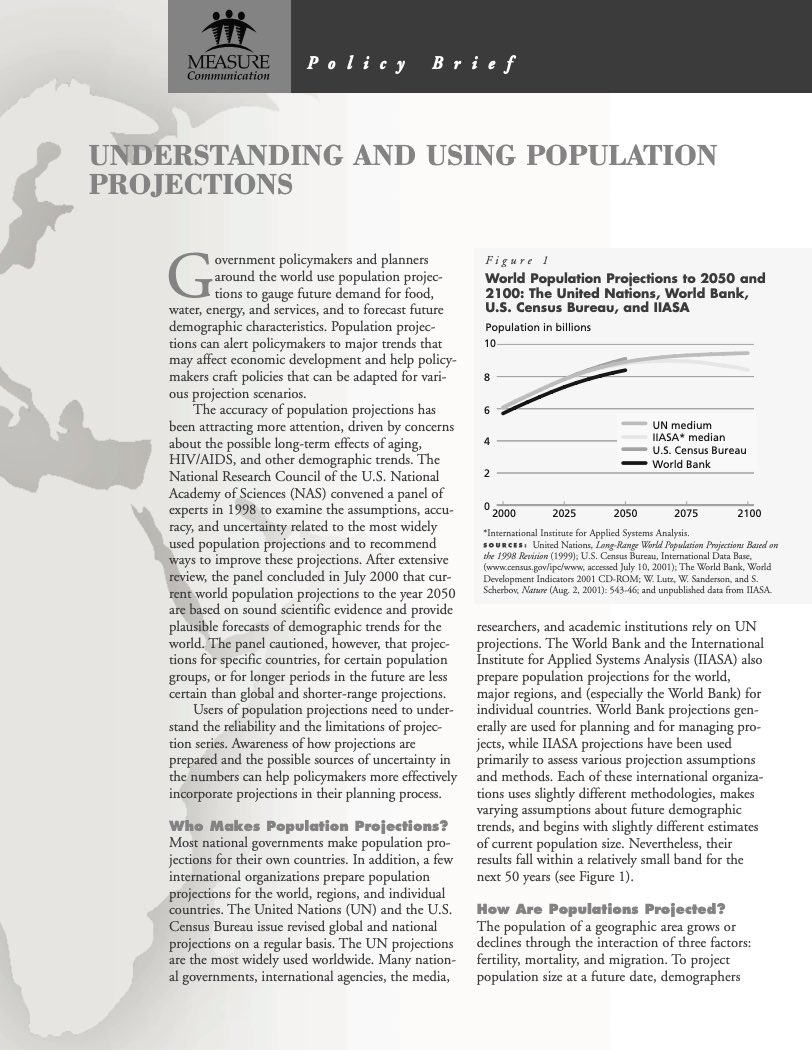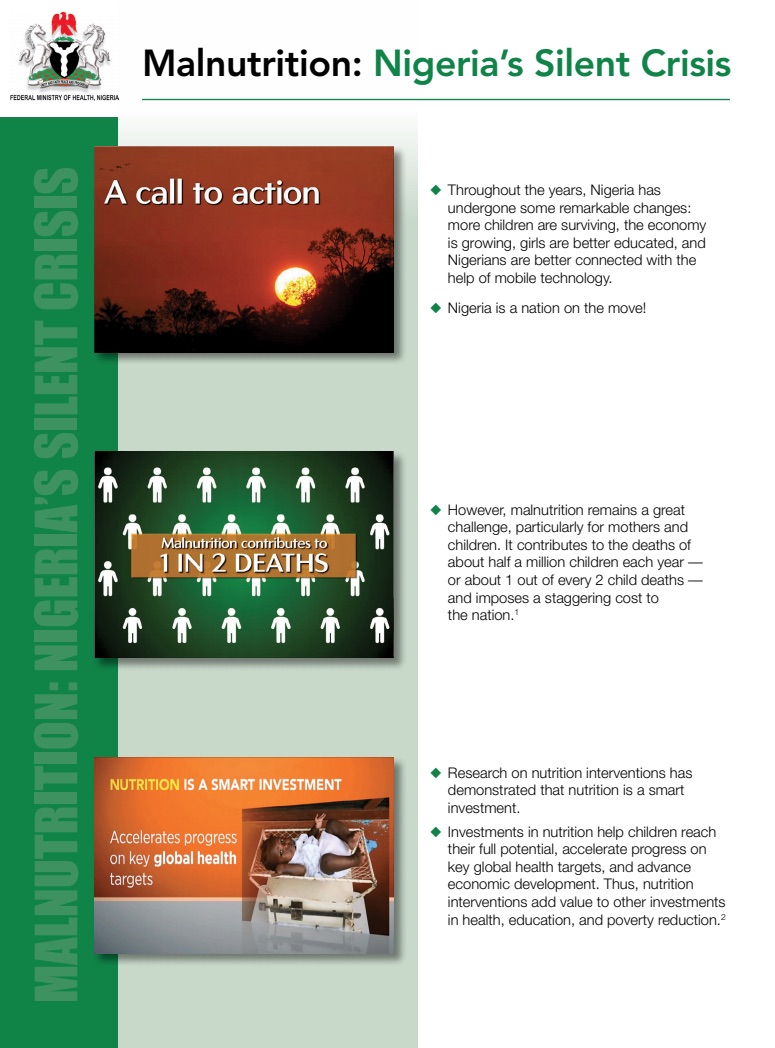405 Search Results Found For : "%E5%B9%BF%E5%B7%9E%E5%BC%80%E5%88%A9%E7%A9%BA%E8%B0%83%E5%92%8C%E7%89%B9%E7%81%B5%E7%A9%BA%E8%B0%83%E5%BE%AE%E4%BF%A1%E5%8F%B7%EF%BC%9AGU-2015"
Changing Demographics Reshape Rural America
Trends shaping rural life in America include unprecedented population declines, a growing Hispanic population, a disproportionate share of military veterans, and a sharp increase in “deaths of despair”—related to suicide, alcohol abuse, and drug overdose.

College Degrees Yield Lifetime Benefits for the Unlikeliest Graduates
Those who grew up as the least likely to graduate see the greatest returns, including less poverty, more time married, and greater civic engagement, new book finds

Fact Sheet. Malnutrition: Nigeria’s Silent Crisis
Each year about 1 million Nigerian children die before their fifth birthday. Malnutrition contributes to nearly half of these deaths. The multimedia presentation, Malnutrition: Nigeria’s Silent Crisis, presents the reasons why proper nutrition for women and children is so important, especially in the first 1,000 day period—from the start of a woman’s pregnancy until her child’s second birthday.

Understanding and Using Population Projections
Government policymakers and planners around the world use population projections to gauge future demand for food, water, energy, and services, and to forecast future demographic characteristics.

Key Messages. Malnutrition–Nigeria’s Silent Crisis
Each year about 1 million Nigerian children die before their fifth birthday. Malnutrition contributes to nearly half of these deaths. The multimedia presentation, Malnutrition: Nigeria’s Silent Crisis, presents the reasons why proper nutrition for women and children is so important, especially in the first 1,000 day period—from the start of a woman’s pregnancy until her child’s second birthday.

Project: IDEA: Informing Decisionmakers to Act
Improving Nutrition and Food Security Through Family Planning
The goal of “Improving Nutrition and Food Security Through Family Planning” is to raise awareness and understanding among decision makers about how family planning can help improve key measures of nutrition for mothers, infants, and children, as well as improve food security on a broader scale
